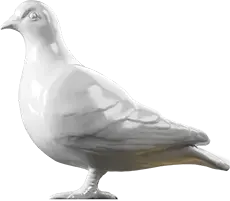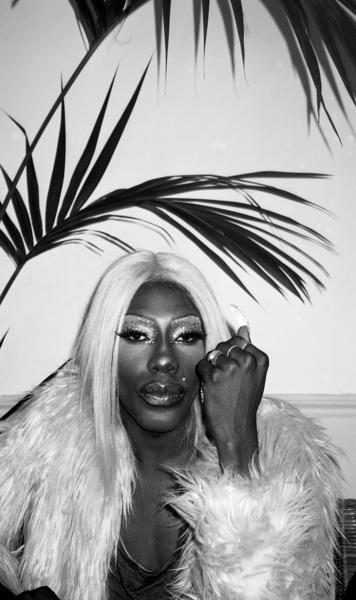Portraits of London’s close-knit queer club scenes
In the late 2010s, Russian-Ghanaian photographer Liz Johnson Artur snapped artists and club-goers at two legendary east and south-east London parties: PDA and BBZ. Both nights formed communities of queer, trans and non-binary people of colour, creating a safe space for people who felt alienated from wider club culture to be themselves. Her portraits are a snapshot in time, capturing clubbers in the joyful heat of the moment.
East and south-east London
2010s

Documenting Black London
Johnson Artur has lived in London since 1991. She got into photography to “record the normality of black lives and black culture, which is something that isn't often reflected in the mainstream media,” she told i-D magazine. Her work records daily life in Black communities both in the capital and around the world.

Spaces of self expression
BBZ and PDA were cult London parties that celebrated creativity and difference, and challenged ideas around identity, gender, race and sexuality. Much of Johnson Artur’s work hones in on individual and community identity.

Untitled analogue photographs
Johnson Artur shoots on film. Sometimes she’ll print her photos on fabric, or attach them to three-dimensional structures. Many of her photographs, including those in this series, are untitled, letting the images speak for themselves. “I’ve tried to eliminate things around the photographs that take away from… just looking at that moment that the picture represents,” she told Artsy.

Close portraits of a community
There’s a strong sense of intimacy to these photographs – like we’re on the night out too. Johnson Artur works collaboratively with her subjects and tries to earn the trust of whoever she turns her lens to, even in those brief encounters.

Making connections
Johnson Artur is driven by a desire to make connections with people. “The main thing is respect,” she told 032c magazine. “Getting into someone’s space with a camera can be very disrespectful. But… I try to immerse myself in the moment with them. When I take a picture, I’m very upfront, you can see what I do, and what I am after.”

On display
Some of these photographs were displayed in her first solo museum exhibition Dasha at the Brooklyn Museum, New York City, in 2019. They were also displayed in If You Know the Beginning, The End is No Trouble at South London Gallery the same year.










